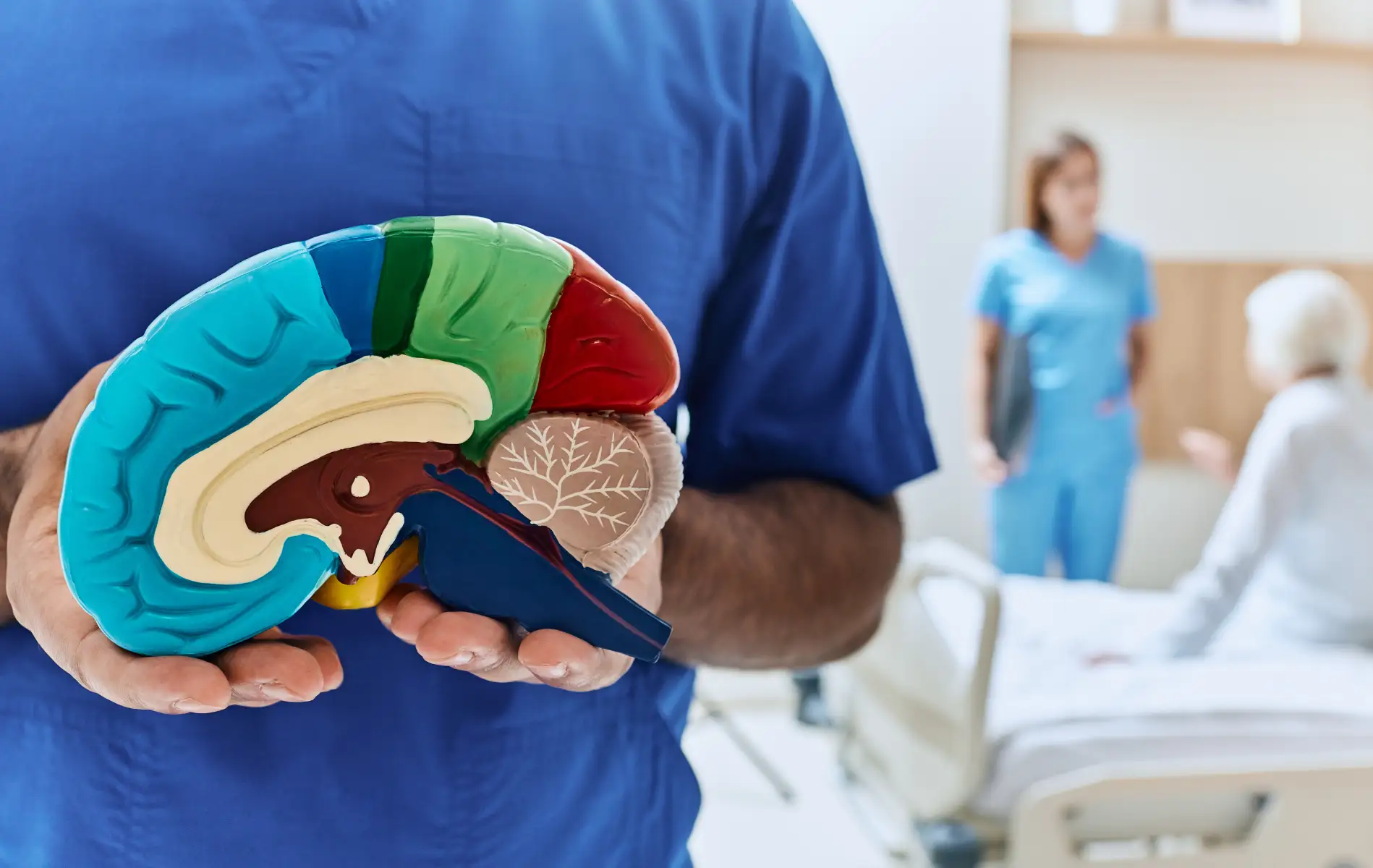Trauma can be a life-altering experience, affecting the way individuals think, feel, and interact with the world around them. While traditional talk therapies such as counselling and cognitive behavioural therapy remain effective, another therapeutic approach has gained recognition for its ability to treat trauma: Eye Movement Desensitisation and Reprocessing (EMDR).
Originally developed in the 1980s by Francine Shapiro, EMDR is now a well-established and evidence-based treatment for people suffering from trauma and its associated conditions, such as Post-Traumatic Stress Disorder (PTSD). But what exactly is EMDR, and how does it work? This article explores the science behind EMDR, how it is conducted, and why it has become such an effective pathway to healing for trauma survivors.
What Is EMDR?
Eye Movement Desensitisation and Reprocessing (EMDR) is a structured psychotherapy that focuses on helping individuals process and reframe traumatic memories. Unlike traditional therapies, EMDR does not rely heavily on talking about the trauma in detail. Instead, it involves guiding the client through a process in which they recall distressing experiences while engaging in controlled bilateral stimulation, such as eye movements or tapping.
The goal of EMDR is not to erase traumatic memories but to reduce the emotional charge associated with these memories, making them less distressing and overwhelming. In essence, EMDR allows the brain to reprocess trauma in a way that promotes healing.
How Does EMDR Work?
Trauma disrupts the brain’s ability to process and store memories in a healthy way. Normally, memories are filed away in a manner that allows the individual to remember events without becoming emotionally overwhelmed. However, traumatic experiences are often stored in an “unprocessed” state, where they linger in the brain as vivid, emotionally charged fragments.
In people with unresolved trauma, these memories can continue to trigger the fight, flight, or freeze response, even when the danger has passed. This is where EMDR comes in.
Bilateral Stimulation and the Brain
At the heart of EMDR therapy is bilateral stimulation. This involves engaging both sides of the brain through alternating sensory inputs, such as:
- Guided eye movements.
- Tapping movements, usually on the hands or knees.
- Audio cues delivered alternately to each ear.
This stimulation is thought to mimic the natural process that occurs during REM (Rapid Eye Movement) sleep, a time when the brain processes and organises daily experiences.
Reprocessing Memories
During an EMDR session, the therapist works with the client to identify specific traumatic memories. The client focuses on these memories while engaging in bilateral stimulation. This dual focus encourages the brain to “reprocess” the memory, allowing the emotional intensity to decrease and helping the brain file the memory appropriately.
Many clients report that after completing EMDR therapy, the traumatic memory feels distant or less emotionally charged. They may even gain new, healthier perspectives on the event.
The Eight Phases of EMDR
EMDR therapy follows an eight-phase structured approach to ensure that the individual feels safe and supported throughout the process:
Phase 1: History and Assessment
The therapist gathers information about the client’s history and current difficulties. They identify target memories that will be addressed in therapy. The client’s readiness is assessed, and a treatment plan is developed.
Phase 2: Preparation
The therapist explains the EMDR process and establishes a sense of trust. They teach coping techniques, such as relaxation or grounding exercises, to help the client manage any distress that may arise between sessions.
Phase 3: Assessment
The specific memory or event to be processed is selected. The client identifies aspects of the memory, including:
- Visual images.
- Negative beliefs about themselves (e.g., “I am powerless”).
- Associated emotions and physical sensations.
The therapist helps develop a positive belief to replace the negative one.
Phase 4-7: Processing
During these phases, the therapist guides the client through the memory while introducing bilateral stimulation to facilitate reprocessing. New insights, feelings, or changes in bodily sensations often emerge during this process.
The therapist continues until the negative emotional response associated with the memory decreases significantly, and the client adopts a more positive perspective.
Phase 8: Closure and Reevaluation
Sessions conclude with closure techniques, ensuring the client feels grounded and safe. Progress is reviewed during future sessions, and new memories may be targeted if necessary.
Who Can Benefit from EMDR?
EMDR has proven effective in treating trauma and PTSD, but its benefits extend far beyond these conditions. It has also been successfully used to address:
- Anxiety and panic disorders.
- Depression.
- Phobias.
- Grief and loss.
- Addictions.
- Chronic pain related to unresolved trauma.
Many people who have struggled to find relief through traditional therapies consider EMDR as a highly effective alternative or complement to other treatments.
What to Expect in an EMDR Session
For individuals new to the concept of EMDR, the process may sound unconventional or even intimidating. In reality, EMDR is a gentle and collaborative therapeutic approach. Here is what to expect:
- A Safe and Supportive Environment Your therapist will ensure that you feel emotionally safe before beginning the EMDR process. They will prepare you to manage any distress that may arise during sessions.
- Active Engagement Clients are not passive in EMDR. You will actively participate by focusing on the traumatic memory while following the therapist’s guidance (e.g., tracking their finger with your eyes).
- Gradual Progress EMDR does not require reliving the trauma in vivid detail. The focus is on processing the emotional and sensory components of the memory, which is typically more manageable than lengthy discussions.
- Post-Session Effects After a session, you may notice shifts in your thoughts, emotions, or physical sensations as the brain continues to process outside of therapy.
The Evidence Behind EMDR
EMDR is supported by extensive research and is recognised by leading health organisations as an effective treatment for trauma and PTSD. These include:
- The World Health Organization (WHO).
- The National Institute for Health and Care Excellence (NICE).
- The American Psychiatric Association (APA).
Studies have shown that EMDR can reduce trauma symptoms in fewer sessions compared to traditional talk therapies, making it a time-efficient and impactful treatment.
Myths and Misconceptions About EMDR
- “It’s only for severe trauma or PTSD.” While EMDR is highly effective for trauma, it also benefits those experiencing non-trauma-related emotional challenges.
- “It erases traumatic memories.” EMDR does not erase memories; it reduces their emotional intensity, allowing individuals to recall the event without distress.
- “It’s not backed by science.” EMDR is supported by decades of research and clinical practice, with a strong foundation in neuroscience and psychology.
Final Thoughts
Eye Movement Desensitisation and Reprocessing (EMDR) offers a revolutionary way to understand and heal trauma. By helping the brain reprocess distressing memories, EMDR allows individuals to break free from the emotional grip of the past and move towards a healthier, more balanced life.
If you or someone you know has experienced trauma, EMDR therapy could be an effective and transformative option. Reach out to a licensed EMDR therapist to explore the possibility of beginning your recovery journey.
Healing may take time, but with the right tools, support, and approach, it is always within reach.










